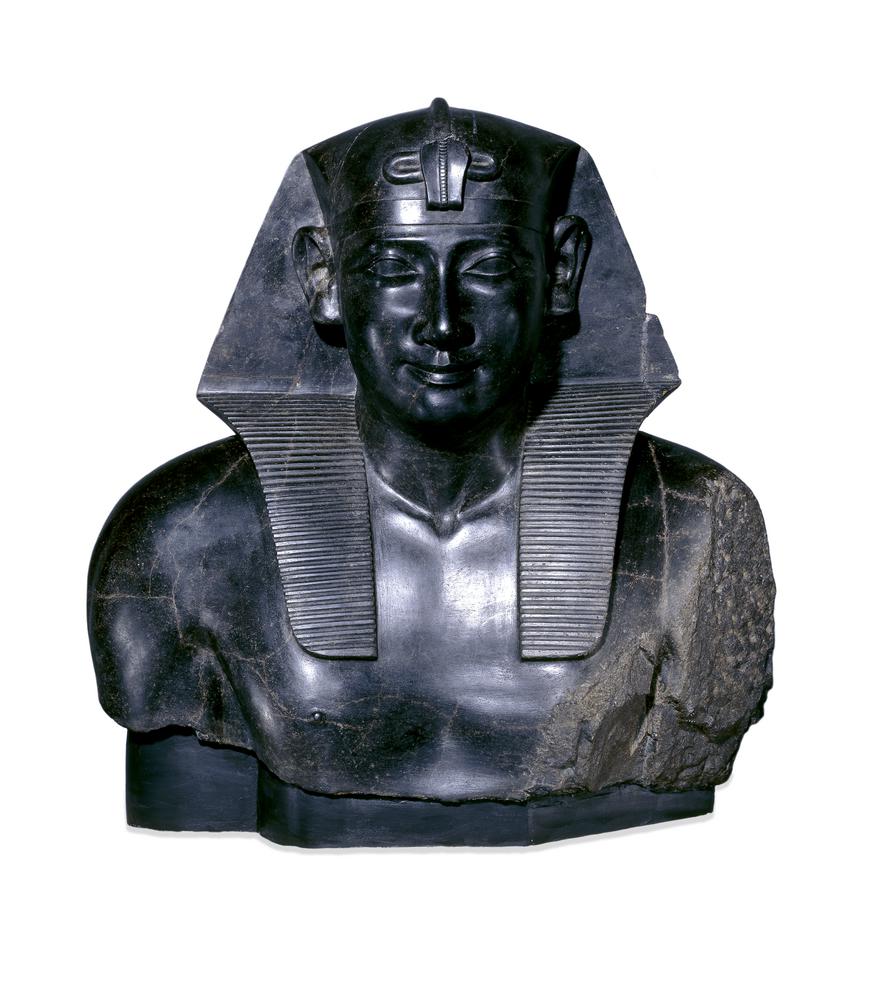
Twenty years of chaos in the Ptolemaic kingdom come to an end during the reign of Ptolemy V Epiphanes (204-180). His marriage to the Seleucid princess Cleopatra I Syra confirmed the loss of Coele Syria to Antiochus III, yet she proved to be a good match and helped secure the future of the dynasty. Haronnophoris and the Great Revolt are finally put down in 186, but the Alexandrian government is forced to give concessions to the Egyptians, as the Ptolemies must now come to terms with their new status as a second-class power in the Mediterranean. We also delve into the history of the Rosetta Stone, the Hellenistic period’s most famous document, and its role in the decipherment of Ancient Egyptian.
Episode Links:
Apple | Spotify | YouTube | SoundCloud
Autocrat Podcast
Website | YouTube | Spotify
References
Primary
Appian – The Macedonian Wars
Appian – The Syrian Wars
Diodorus Siculus – Library of History
Josephus – The Antiquities of the Jews
Justin – Epitome of Pompeius Trogus
Livy – The History of Rome
Polybius – The Histories
Pompeius Trogus – Prologues
Porphyrius – Fragments
The Book of Daniel
Inscriptions
OGIS (Orientis Graeci Inscriptiones Selectae): 56, 90, 99, 758
SEG (Supplementum Epigraphicum Graecum): 35.1604
TM (Trismegistos): 48335, 48339
Cairo: 38258
Papyri
P. Recueil: 11
P. Dem. Berl. Kaufv.: 3146, 13593
P. Dem. Ehev: 29
P. Gr.: 274
P. Köln: 7
P. Tor. Choach.: 1
SB: 6.9367, 20.14659
Chr. Wilck.: 162
BGU: 6.1215, 3992
Secondary
Buchwald, J. and Josefowicz, D.G. (2020) The Riddle of the Rosetta: How an English Polymath and a French Polyglot Discovered the Meaning of Egyptian Hierogylphs
Clarysse, W. (2004) The Great Revolt of the Egyptians (205-186 BCE), pgs. 1-13, https://www.lib.berkeley.edu/sites/default/files/files/TheGreatRevoltoftheEgyptians.pdf
de Frutos García, A. and Tovar, S.T. (2017) “New Fragments of the Amnesty Decree of October 9, 186 BCE”, The Bulletin of the American Society of Papyrologists, Vol. 54, pp. 45-57
Fischer-Bovet, C. (2014) Army and Society in Ptolemaic Egypt
Höbl, G. (2001) A History of the Ptolemaic Empire
Johstono, P. (2016) “Insurgency in Ptolemaic Egypt” in Brill’s Companion to Insurgency and Terrorism in the Ancient Mediterranean, pgs. 183-215
Johstono, P. (2018) “‘No Strength to Stand’: Defeat at Panium, the Macedonian Class, and Ptolemaic Decline”, Brill’s Companion to Military Defeat in Ancient Mediterranean Society, pgs. 162-187
Llewellyn-Jones, L. (2024) The Cleopatras: The Forgotten Queens of Egypt
Pestman, P.W. (1995) “Haronnophris and Chaonnophris: Two Indigenous Pharaohs in Ptolemaic Egypt (205-186 B.C.)” in Hundred-Gated Thebes: Acts of a Colloquium on Thebes and the Theban Area in the Graeco-Roman Period, pp. 107-137
Thompson, D.J. (2012) Memphis Under the Ptolemies, Second Edition
Veïsse, A.E. (2022) “The ‘Great Theban Revolt’, 206-186 BCE” in Cultures of Resistance in the Hellenistic East, pgs. 57-73









